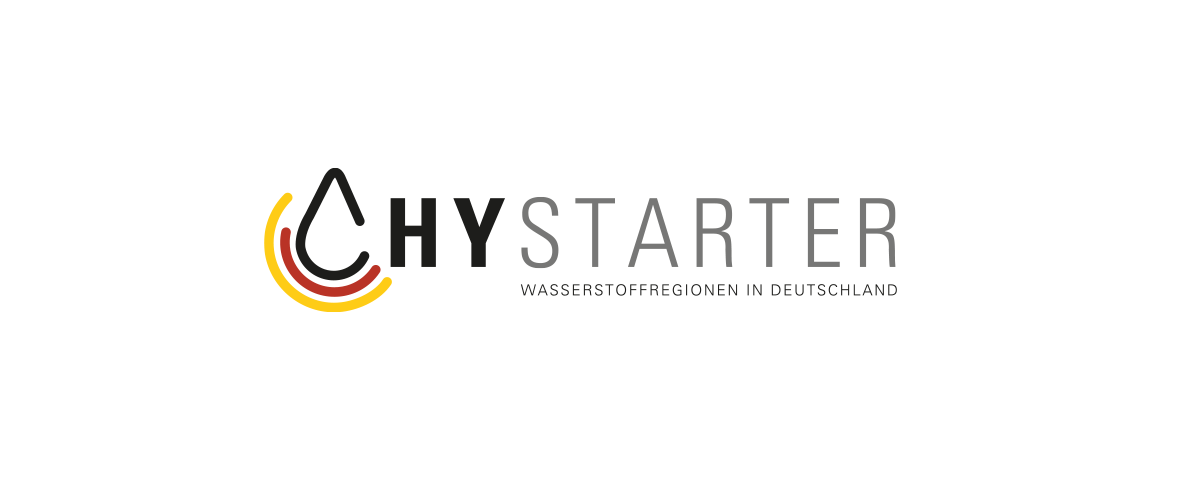
22.07. | Informationsveranstaltung „Wasserstoffregion Weimar“
22. Juli 2021
RLI entwickelt Online-Kurs zur Netzintegration der E-Mobilität für die RENAC
22. Juli 2021The influence of innovative photovoltaic technologies on urban energy systems – An energy system analysis with concentrator PV, perovskite-silicon PV and PV-powered heat pumps in comparison with state-of-the-art technologies (Haas et al., 2021)

Sabine Haas, Inia Steinbach, Marie-Claire Gering, Caroline Möller
Working Paper from the GRECO Project
Abstract
Cities need to make a contribution in reducing greenhouse gas emissions if the climate goals of the Paris Agreement and the resulting national and regional targets are to be achieved. The space for renewable energy in urban areas, however, is limited, while the demand per area is comparatively high, as there is a tendency for multi-storey buildings. To reduce the urban dependence on rural areas associated with the energy system transformation towards decarbonisation, the ratio between generation and demand in cities should be improve. The scientific community is developing highly efficient photovoltaic technologies that may be a solution to the space limitation for renewable energy in cities, while heat pumps are explored as a way to decarbonise the heat sector. In this study, we have analysed the effects of three innovative photovoltaic technologies on urban residential energy systems: a hybrid high concentrator photovoltaic silicon module, a fictitious high efficient tandem perovskite silicon module, and a photovoltaics-powered heat pump. We have examined the effect on the degree of autonomy, self-consumption, total system costs, and greenhouse gas emissions of the energy system in comparison to standard multi-crystalline silicon photovoltaics and fossil heat supply from a gas boiler in an energy system analysis with linear optimisation. Additionally, we have explored the potential for supplying net zero energy communities with these technologies. We have focused on the local energy system of fictitious residential areas of 20 buildings under two different climatic conditions in Madrid (Spain) and Berlin (Germany). As especially concentrator photovoltaics are highly dependent on the direct irradiance, we have examined the influence of the location in ten additional European locations. We have found that under current regulations, specific investment costs of concentrator photovoltaics and perovskite-silicon would have to be lowered in order to compete with silicon technology. However, the use case of net zero energy communities shows the advantage of the space saving technology of concentrator photovoltaics. For perovskite-silicon, as a technology positioned between concentrator photovoltaics and silicon in terms of efficiency and specific investment costs, we found no plausible advantage over silicon in the calculated scenarios. However, due to its low technological readiness level, our assumptions for perovskite-silicon technology are more uncertain compared to the other technologies. We have further demonstrated that photovoltaics-powered heat pumps are an appropriate technology for increasing the self-consumption and lowering the greenhouse gas emissions of an energy system.
Working paper from the research project GRECO
Cities need to make a contribution in reducing greenhouse gas emissions if the climate goals of the Paris Agreement and the resulting national and regional targets are to be achieved. The space for renewable energy in urban areas, however, is limited, while the demand per area is comparatively high, as there is a tendency for multi-storey buildings. To reduce the urban dependence on rural areas associated with the energy system transformation towards decarbonisation, the ratio between generation and demand in cities should be improve. The scientific community is developing highly efficient photovoltaic technologies that may be a solution to the space limitation for renewable energy in cities, while heat pumps are explored as a way to decarbonise the heat sector. In this study, we have analysed the effects of three innovative photovoltaic technologies on urban residential energy systems: a hybrid high concentrator photovoltaic silicon module, a fictitious high efficient tandem perovskite silicon module, and a photovoltaics-powered heat pump. We have examined the effect on the degree of autonomy, self-consumption, total system costs, and greenhouse gas emissions of the energy system in comparison to standard multi-crystalline silicon photovoltaics and fossil heat supply from a gas boiler in an energy system analysis with linear optimisation. Additionally, we have explored the potential for supplying net zero energy communities with these technologies. We have focused on the local energy system of fictitious residential areas of 20 buildings under two different climatic conditions in Madrid (Spain) and Berlin (Germany). As especially concentrator photovoltaics are highly dependent on the direct irradiance, we have examined the influence of the location in ten additional European locations. We have found that under current regulations, specific investment costs of concentrator photovoltaics and perovskite-silicon would have to be lowered in order to compete with silicon technology. However, the use case of net zero energy communities shows the advantage of the space saving technology of concentrator photovoltaics. For perovskite-silicon, as a technology positioned between concentrator photovoltaics and silicon in terms of efficiency and specific investment costs, we found no plausible advantage over silicon in the calculated scenarios. However, due to its low technological readiness level, our assumptions for perovskite-silicon technology are more uncertain compared to the other technologies. We have further demonstrated that photovoltaics-powered heat pumps are an appropriate technology for increasing the self-consumption and lowering the greenhouse gas emissions of an energy system.
Working paper from the research project GRECO




